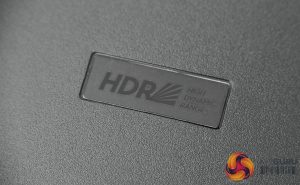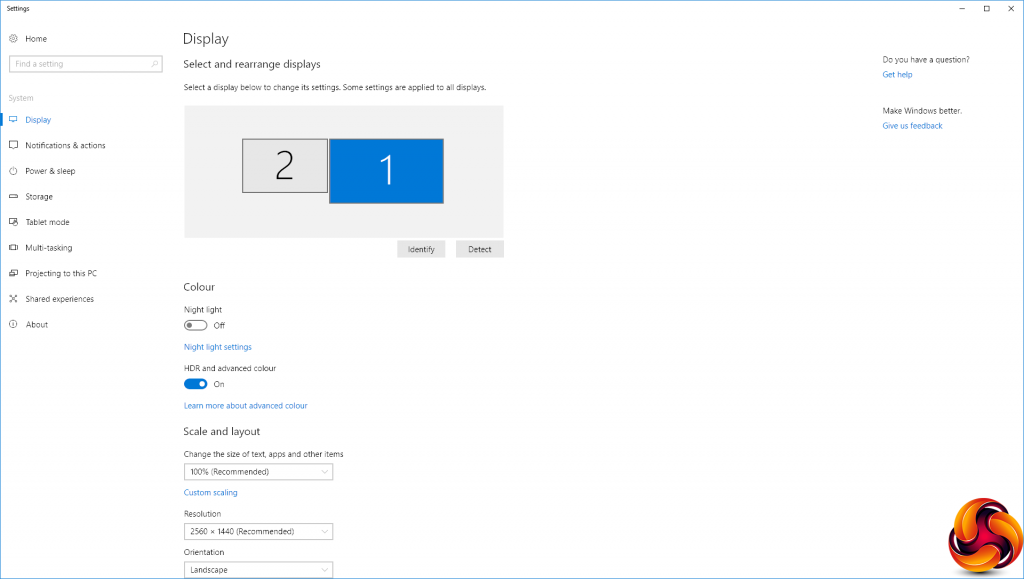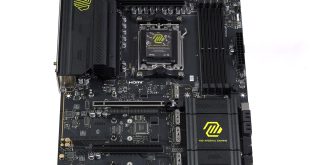HDR for gaming?
Since HDR (High Dynamic Range) is the headline feature for the C32HG70, we thought we should spend a little time explaining what it is and why you might need it in your gaming screen. In general, the main goal of HDR is to make the screen image more like the way the human eye and brain react to contrasts in lighting as you look at the world around you.
In “real life”, your eye's iris and your brain work together to make constant minor adjustments so that you continue to see as much detail as possible whether looking at something bright or something dark. You don't notice this is happening, so in effect your eye can see a greater dynamic range than it would if it just stayed the same way all the time.

The standard HDR format for entertainment is HDR10, which the C32HG70 supports, and this specifies a contrast during mastering of 20,000:1 and 1,000nits brightness. The colour will also be 10-bit rather than the usual 8-bit of sRGB, meaning a greater range of colour and finer differences can be displayed too. However, a HDR screen doesn't need to be able to display either of these; it just needs to be able to process them.
In the case of the C32HG70, it can display 95 per cent of the 10-bit DCI colour space, which is equivalent to 125 per cent sRGB. It also only has a 600nit brightness in HDR, although this is understandable when you consider that computer screens are viewed from a much closer location than TVs. The C32HG70's 3,000:1 contrast range is also considerably shorter than 20,000:1 HDR10 content is mastered at, although considerably better than the 1,000:1 of most TN or IPS panels.
Unfortunately, Windows has only just gotten support for HDR in the very latest Creators update of version 10. Even then, you won't want to turn it on, because doing so makes the screen look all sepia and dull, because the Windows desktop itself is not HDR. Currently, this setting is only worth using if you're watching a video or playing a game that supports HDR. Blu-ray players and consoles with HDMI connection, on the other hand, should just switch things to HDR mode automatically when required.
Film and TV has been embracing HDR for a while, with Log Gamma modes in digital cinema cameras being a major focus. These pick up a wide dynamic range so that the results can be mastered to a display HDR format. In the quest for more vibrant, realistic and engaging visuals, HDR is becoming essential, so it's no surprise this is now coming to the gaming world. But it hasn't gotten very far just yet, with just seven games supporting HDR at the time of writing. These are:
- Shadow Warrior 2
- Deus Ex: Mankind Divided
- Hitman (2016)
- Resident Evil 7
- Mass Effect: Andromeda
- Obduction
- Paragon
We got hold of a copy of Shadow Warrior 2 for our testing. The effects of turning on HDR wasn't as pronounced as in the still image examples above, but it was noticeable. The extra detail and dynamic range made the game even more immersive, particularly on a huge curved screen like the C32HG70. There didn't seem to be any effect on the frame rate, either.
 KitGuru KitGuru.net – Tech News | Hardware News | Hardware Reviews | IOS | Mobile | Gaming | Graphics Cards
KitGuru KitGuru.net – Tech News | Hardware News | Hardware Reviews | IOS | Mobile | Gaming | Graphics Cards







Instead of lamenting the lack of Gsync, Tell nVidia to support open standards.
Have you tested the range on freesync? Apparently its quite poor on this monitor
That’s like asking apple to use a standard charging cable… isn’t going to happen
Did you upgrade the firmware before the review? Latest firmware is from November 10th, ver 1016.2.
Did you test the range of Freesync? Pixel response times and input lag? <- what gamers care about most.
THIS!
Literally had one of these delivered yesterday to replace my ROG Swift – £540
that is what CRU is for
Picked up this monitor a couple months ago and it is a great monitor. My only 2 issues with it are the cable area and included cables are terribly designed, the power cable plugs in backwards, it is an angled plug but plugs in so the cables goes into the side of the cable area instead of towards the hole in the plastic cover, the cord included to allow the monitor to act like a usb hub for your computer is very large and difficult to plug in without forcefully bending the cord just to fit it into the cable area to plug it in.
My other issue is that the stand is way too damn big, there is absolutely no reason for it to be so large, dumb thing is as deep as the actual monitor is tall, it is basically the size as a 32 inch crt would be. The stand being so large makes placement on your desk very limited. If you have your desk up against the wall you are forced to place your monitor at an uncomfortable angle. If you have a shallow desk you better get used to having your nose literally touching the monitor. The size of the stand nearly made me send the monitor back but it looking as nice as it does made me give it a chance, i will eventually get a new stand to replace it because it is a near dealbreaker. I am shocked that the stands size isn’t listed as a con because it is a very serious one imo.